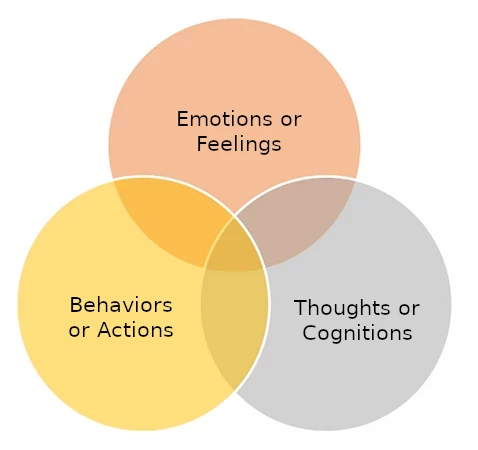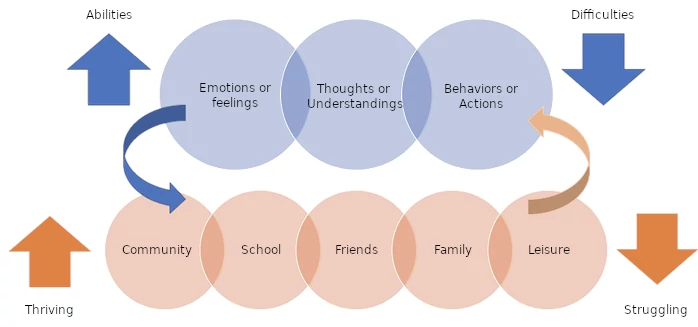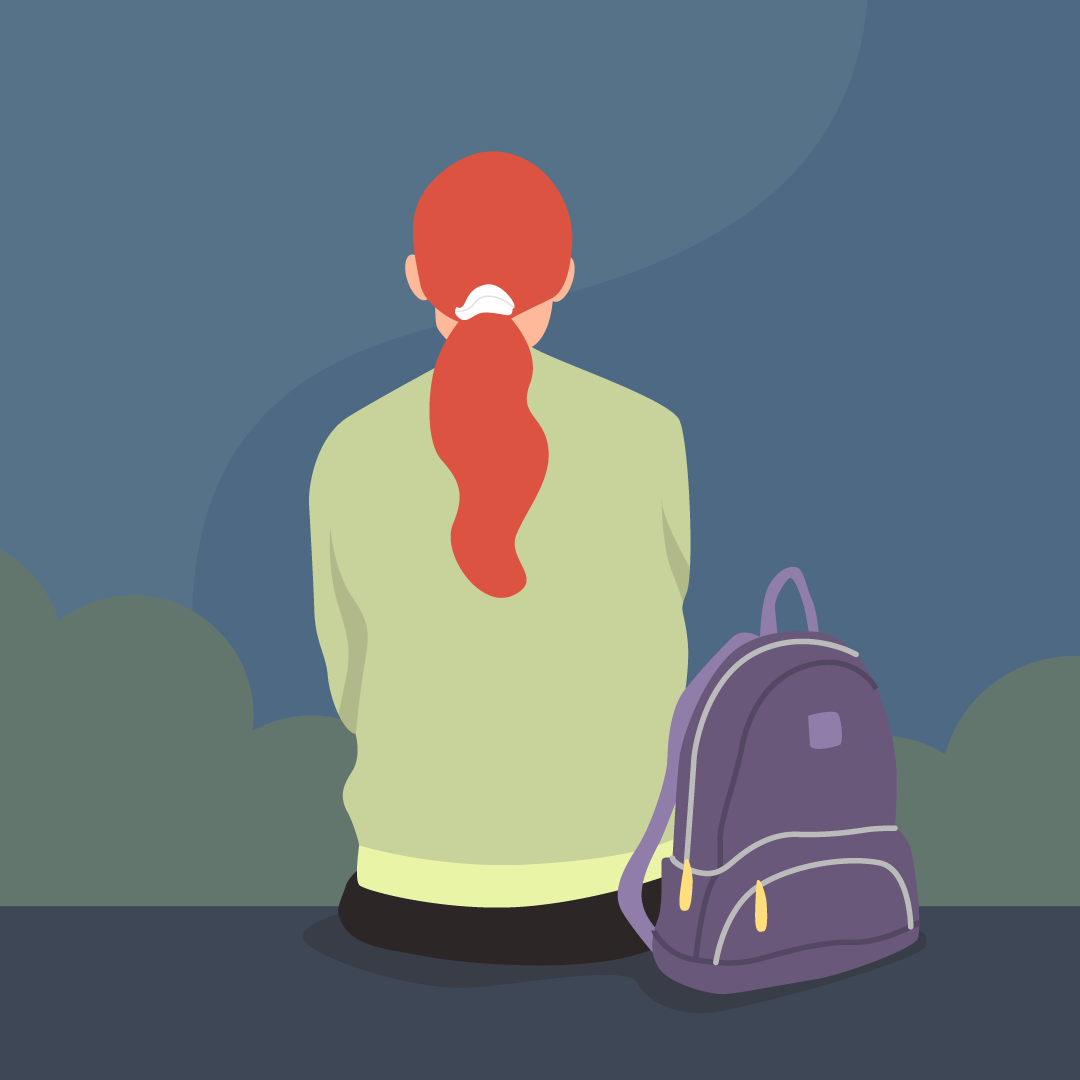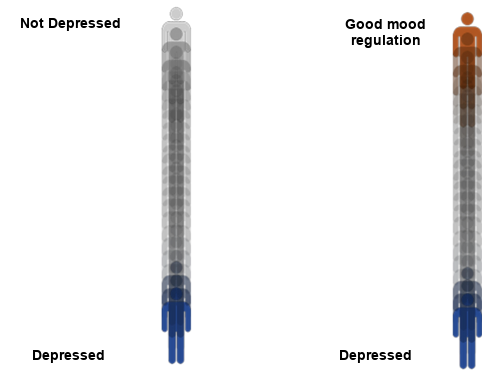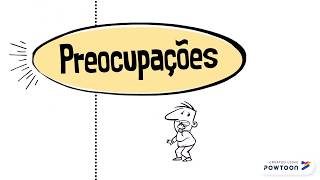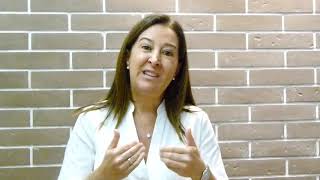How can we help someone who is having mental health difficulties?
- Listen and pay attention as if it is something very important to you (as it is to the student);
- Help the student integrate with their peers at school (e.g., facilitate their joining groups or activities, instead of letting them choose or initiate on their own);
- Encourage physical exercise and cultural activities;
- Help create and activate their circle of support.
What are unhelpful strategies?
- Not paying attention to what the student may be feeling.
- Minimizing the student’s feelings or questioning their relevancy or accuracy.
